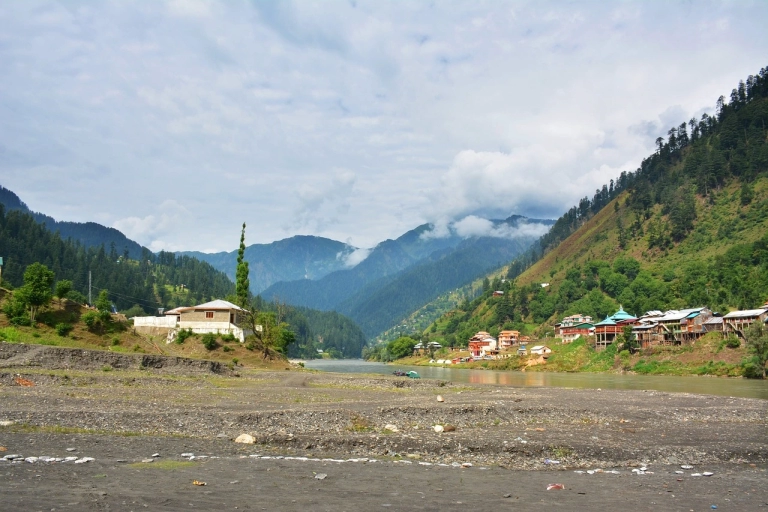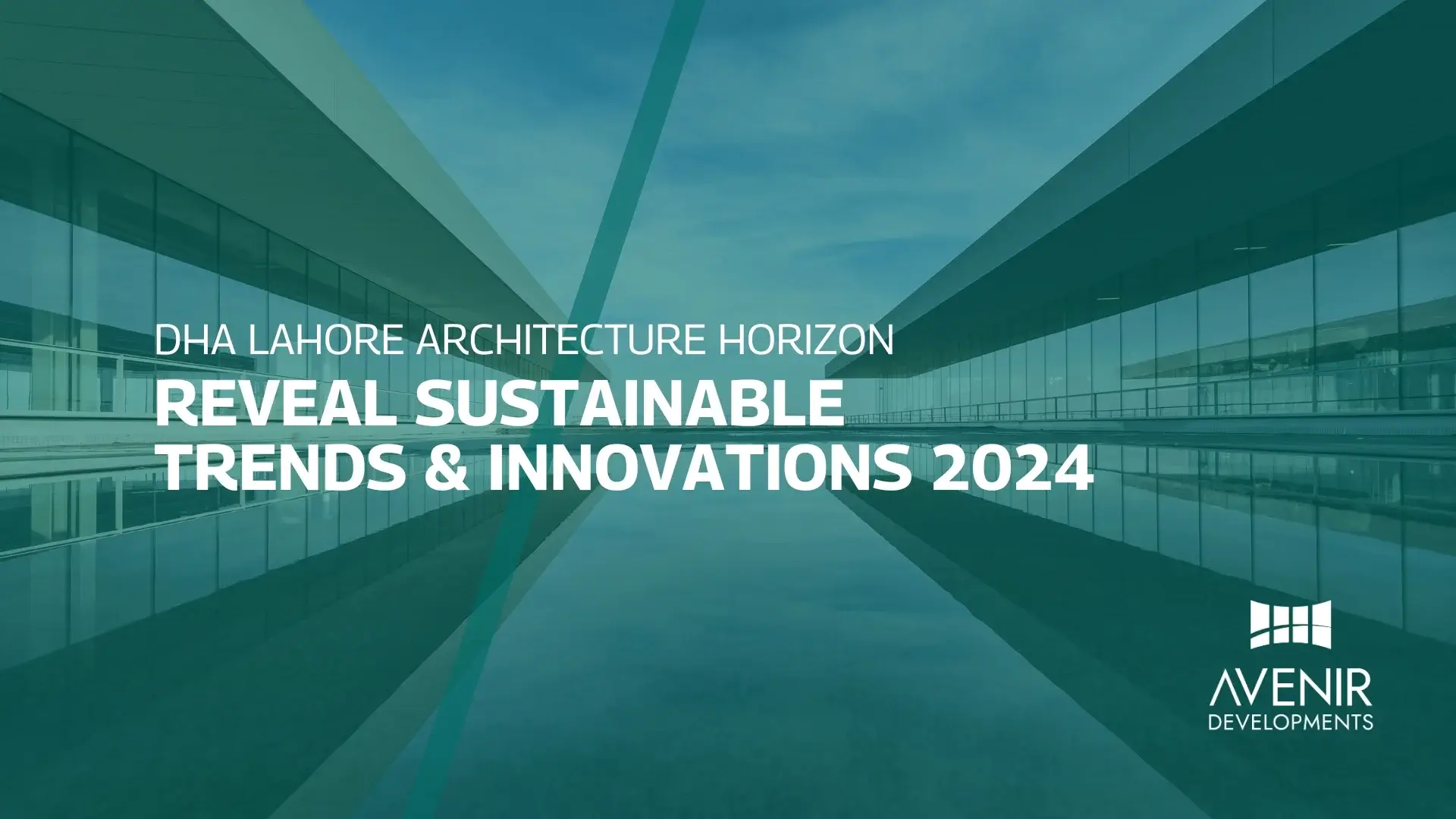Interior Design, Architecture, Residential, Residential Apartments, Architecture of Pakistani Villages
Introduction
Architecture has the potential to be more than just a functional discipline; it can be a catalyst for change and a source of hope. In the context of Pakistani villages, where infrastructure and living conditions often lag behind urban areas, architecture can play a pivotal role in transforming lives. This article delves into the ways in which innovative architectural approaches can address the unique challenges faced by Pakistani villages, such as inadequate housing, limited access to resources, and a lack of social amenities. Through sustainable design, community engagement, and inclusive planning, architecture has the power to improve the quality of life and foster sustainable development in Pakistani villages.
How Can Architecture Change Lives of Pakistani Villages
Architecture has the potential to bring about profound changes in the lives of Pakistani villagers. By addressing the specific needs of these communities, architects can contribute to the development and improvement of various aspects of village life. Let’s explore some key areas where architecture can make a difference:
1. Housing: Transforming Shelter into Homes
Inadequate housing is a prevalent issue in many Pakistani villages. Architecture can address this challenge by designing cost-effective, culturally sensitive, and sustainable housing solutions. By employing local materials, traditional building techniques, and innovative design strategies, architects can create homes that are not only structurally sound but also aesthetically pleasing and reflective of the local culture.
2. Infrastructure: Building the Foundation for Development
The lack of proper infrastructure often hinders the progress of Pakistani villages. Architecture can play a crucial role in improving infrastructure by designing efficient transportation systems, accessible water and sanitation facilities, and reliable energy sources. These initiatives can enhance connectivity, promote public health, and support economic activities within the villages.
3. Community Spaces: Fostering Social Cohesion
Architecture has the power to create vibrant community spaces that serve as gathering points for villagers. Parks, plazas, and multipurpose centers can provide venues for social interaction, cultural activities, and recreational pursuits. These spaces can foster a sense of belonging, encourage community engagement, and contribute to the overall well-being of the villagers.
4. Educational Facilities: Empowering Future Generations
Access to quality education is essential for the development of any community. Architecture can transform educational facilities in Pakistani villages by designing schools that are safe, inspiring, and conducive to learning. Incorporating sustainable design principles and utilizing natural lighting and ventilation can create healthy and stimulating environments for students, empowering them to pursue knowledge and achieve their full potential.
5. Health Centers: Improving Access to Healthcare
Healthcare facilities in Pakistani villages are often inadequate and inaccessible. Architects can address this issue by designing functional and well-equipped health centers that cater to the specific healthcare needs of the villagers. By incorporating sustainable design practices and utilizing technology, these centers can provide essential healthcare services and contribute to improved public health outcomes.
6. Sustainable Design: Balancing Progress and Environmental Conservation
Sustainable design principles are crucial in shaping the future of Pakistani villages. Architecture can lead the way in creating environmentally conscious and energy-efficient structures. By incorporating renewable energy sources, utilizing passive design strategies, and promoting waste reduction and recycling, architects can contribute to a greener and more sustainable future for the villages.
7. Revitalizing Cultural Heritage: Preserving Identity and Pride
Pakistani villages are rich in cultural heritage, which often goes unnoticed and underappreciated. Architecture can help revitalize cultural heritage by preserving historic buildings, promoting traditional craftsmanship, and incorporating cultural motifs into contemporary designs. By celebrating and showcasing local traditions and art forms, architects can instill a sense of pride and identity in the villagers.
8. Disaster Resilience: Minimizing Vulnerability
Pakistani villages are prone to various natural disasters, including floods, earthquakes, and landslides. Architecture can play a vital role in minimizing the vulnerability of these communities to such events. By implementing resilient design strategies, architects can create structures that can withstand disasters and provide safe havens for villagers during emergencies.
9. Participatory Design: Empowering Communities
Inclusive and participatory design processes empower communities by involving them in decision-making and fostering a sense of ownership. Architects can collaborate with villagers, engaging them in the design and construction process, and ensuring that their needs and aspirations are met. This approach not only results in better-designed spaces but also strengthens community bonds and encourages sustainable development.
10. Economic Opportunities: Boosting Livelihoods
Architecture can contribute to the economic development of Pakistani villages by creating opportunities for entrepreneurship and income generation. Designing spaces for small-scale industries, promoting eco-tourism, and supporting local artisans and craftspeople can stimulate economic growth and improve the livelihoods of villagers.
Frequently Asked Questions (FAQs)
Q1: How can architecture address the housing challenges in Pakistani villages?
Architecture can address housing challenges by designing cost-effective, culturally sensitive, and sustainable housing solutions. This involves using local materials, traditional building techniques, and innovative design strategies to create homes that meet the specific needs of villagers.
Q2: How can architecture contribute to sustainable development in Pakistani villages?
Architecture can contribute to sustainable development by incorporating renewable energy sources, utilizing passive design strategies, promoting waste reduction and recycling, and engaging in participatory design processes. These initiatives help create environmentally conscious and energy-efficient structures that foster a greener future for the villages.
Q3: Can architecture play a role in preserving the cultural heritage of Pakistani villages?
Yes, architecture can play a vital role in preserving the cultural heritage of Pakistani villages. By preserving historic buildings, promoting traditional craftsmanship, and incorporating cultural motifs into contemporary designs, architects can revitalize cultural heritage and instill a sense of pride and identity in the villagers.
Q4: How can architecture contribute to improving healthcare in Pakistani villages?
Architecture can contribute to improving healthcare in Pakistani villages by designing functional and well-equipped health centers that cater to the specific healthcare needs of the villagers. By incorporating sustainable design practices and utilizing technology, these centers can provide essential healthcare services and contribute to improved public health outcomes.
Q5: How can architecture address the challenges of natural disasters in Pakistani villages?
Architecture can address the challenges of natural disasters by implementing resilient design strategies. Architects can design structures that can withstand disasters, providing safe havens for villagers during emergencies and minimizing the vulnerability of these communities to such events.
Q6: How can architecture empower communities in Pakistani villages?
Architecture can empower communities by adopting participatory design processes that involve villagers in decision-making and the design and construction process. This approach ensures that the needs and aspirations of the community are met, strengthens community bonds, and encourages sustainable development.
Conclusion
Architecture has the power to change lives in Pakistani villages by addressing housing challenges, improving infrastructure, fostering social cohesion, empowering future generations through education, improving access to healthcare, promoting sustainable design, revitalizing cultural heritage, minimizing vulnerability to natural disasters, empowering communities through participatory design, and boosting economic opportunities. By harnessing the transformative potential of architecture, Pakistani villages can experience positive change, improved living conditions, and sustainable development.
#NORAResidences #AvenirDevelopments #AvenirMeansFuture #Apartments #ArchitectureTransforms #VillageEmpowerment #DesigningForChange #CommunityDevelopment #ArchitectsForProgress #SustainableRuralLiving #EmpoweringVillages #DesigningHope #BuildingBetterLives #ArchitecturalImpact







